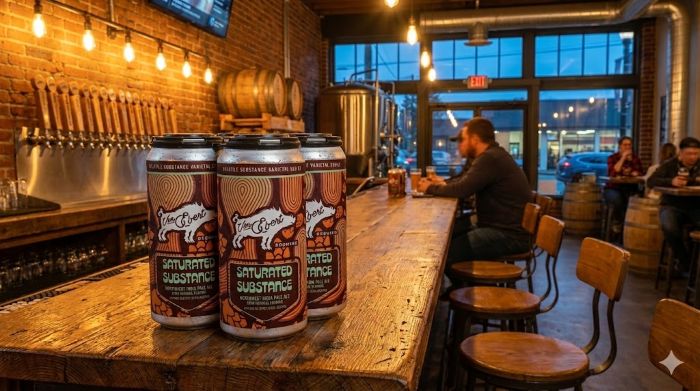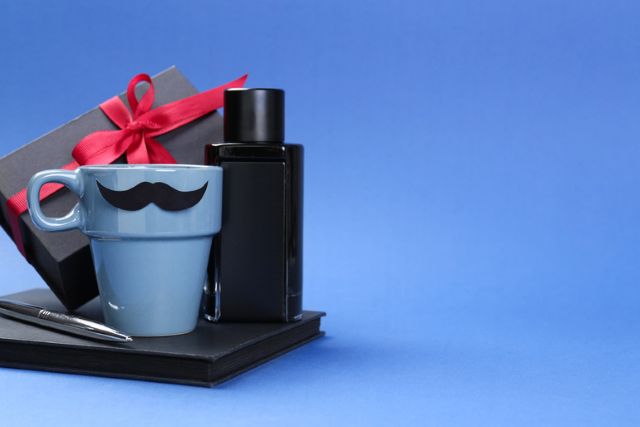New Los Alamos Ultrasound Brewing Techniques Making Beer Better
New Los Alamos Ultrasound Brewing Techniques Making Beer Better

Researchers at Los Alamos National Laboratory are apparently taking a break from advancing nuclear bombs and are now studying the use of ultrasound technology for filtering beer.
Beer filtration removes impurities and microorganisms from the beer that affect the brew’s taste and quality. During the brewing process sediments accumulate and if these sediments are not removed, the beer will become cloudy and its taste affected.
Ancient filtration techniques included the use of straw mats, cloth, or straws, and frequently left some sediment in the drink. Modern filtration, which was introduced at the end of the 19th century, uses mechanical processes that can remove all sediment, including yeast, from the beer.
Similar conceptually to those filters you use in your furnace, beer is now primarily filtered by funneling the brew through layers of filter material. Some brewers prefer to use centrifugation techniques, which leverages the power of the centrifugal force to separate unwanted particles from the beer.
But now researchers at the Los Alamos National Lab are exploring whether the use of ultra-sound technology might prove a more effective approach that using straight-forward filters or centrifugal force.

(Courtesy Los Alamos National Laboratory)
And as James Coons, a chemical engineer at Los Alamos National Laboratory reported in the Santa Fe New Mexican, membrane-free ultrasound approach, a process called UltraSep, “has many advantages over traditional filtration. It is safer than using high-speed centrifuges, certainly quieter and it produces much less waste than the filtering process.”
“UltraSep introduces silent ultrasonic waves that bounce back and forth across a tank, which forms regularly spaced pressure nodes at fixed locations, thus the term ‘standing wave.’ Particles are trapped in the standing wave and gather at the nodes until they clump up and gravity pulls them to the bottom of the tank.”
UltraSep can easily adjust the degree of particle separation to match the beer’s style. Hazy IPAs need to stay hazy, Hefeweizens need to retain their characteristic cloudiness.
Funded by the New Mexico Small Business Assistance program, a test session with five local breweries and 12 varieties of their beers showed that the UltraSep process effectively removed large particles while leaving smaller particles which may be desired behind.
“By removing particles that most threaten the quality and stability of packaged beer, UltraSep hopes to provide brewers with a new tool that simplifies clarification, Coons added “while delivering the taste experience brewers work diligently to achieve.”
###


















